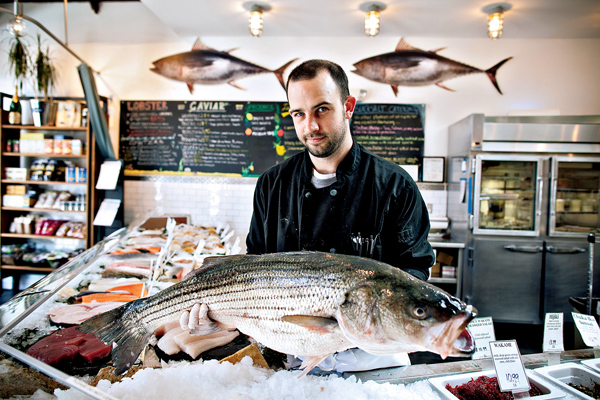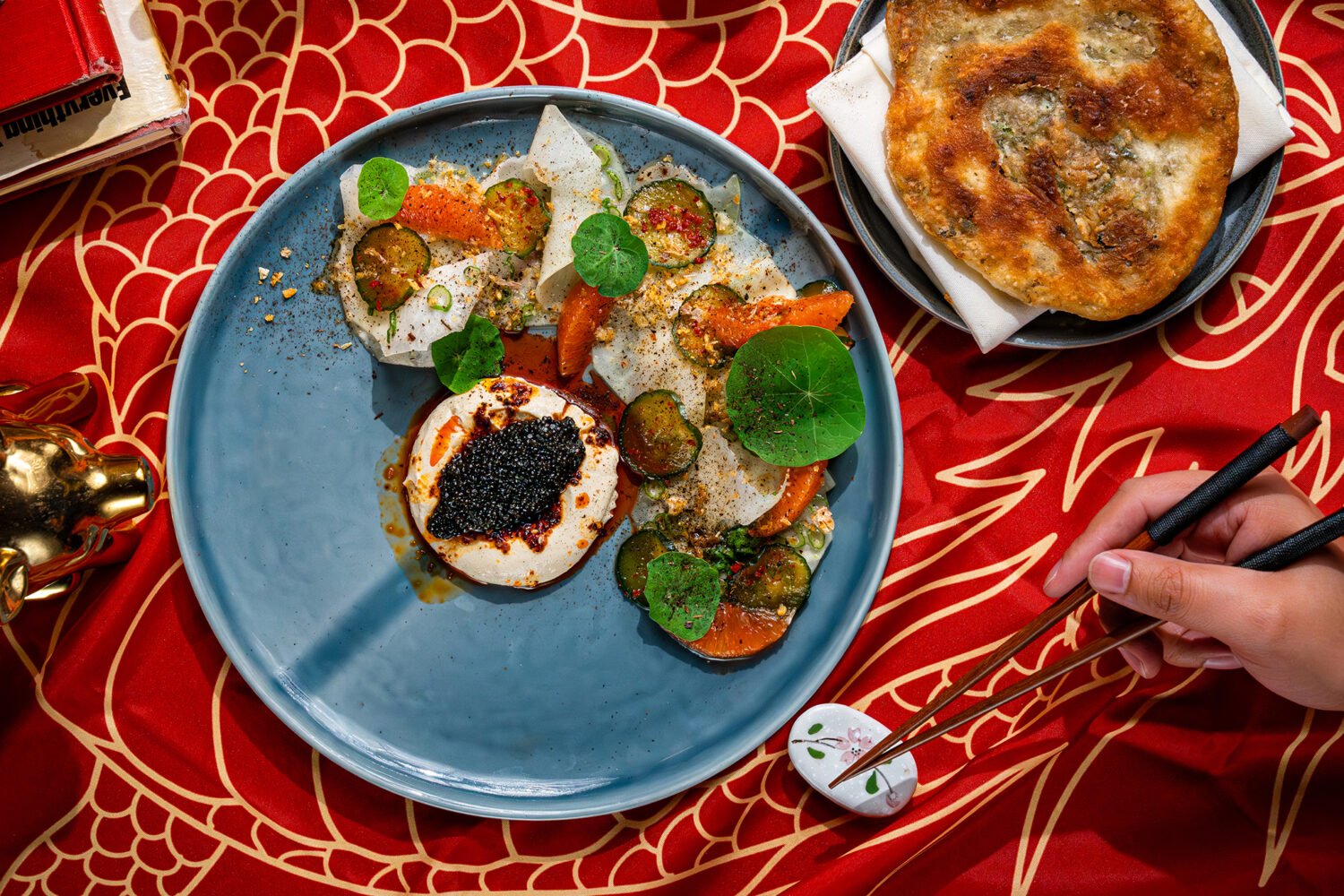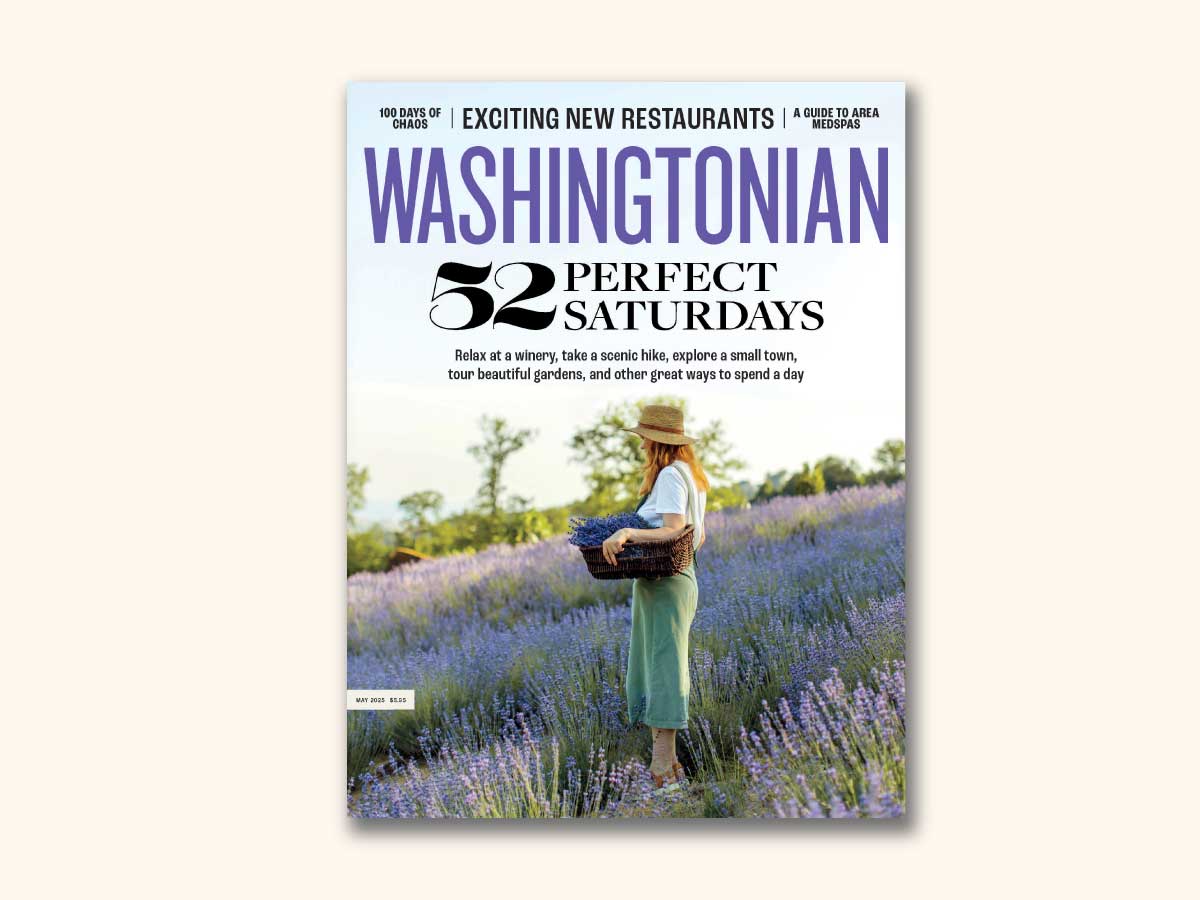Call ahead and BlackSalt's M.J. Gimbar can order hard-to-get fish. Photograph by Scott Suchman
Just like fruits and vegetables, fish and shellfish have seasons. We asked Jeff Black of DC’s BlackSalt seafood market to suggest other choices if what you’re looking for isn’t available. Plus, sustainability expert Barton Seaver gave us tips on what to avoid no matter what month it is.
Chilean sea bass. If you see this fish with a Marine Stewardship Council label, it’s sustainable; most Whole Foods stores carry that type. Or you can go for Alaskan sablefish. “It has the same smooth, buttery texture and is equally forgiving when cooking,” Seaver says.
Cod. Hake is a common understudy in fish and chips, says Black: “They’re hard to tell apart.”
Grouper. Black says orange roughy is almost identical to this firm fish.
Halibut. Fluke, similar to halibut in its flat shape, lends itself to many of the same preparations.
Rockfish. Barramundi—now being sold by a sustainable domestic farm in Massachusetts and sometimes available at BlackSalt, Safeway, and Whole Foods—and black bass have comparable life patterns and grow to almost the same size as rockfish, which gives the meat a similar consistency.
Salmon. If you can’t find wild Alaskan salmon, Seaver recommends farmed Arctic char, which he calls “salmon lite” because it has less fat.
Shrimp. Seaver says you should buy domestic shrimp; many international fisheries aren’t regulated as much for environmental safety. Locally, look to Maryland’s Marvesta Shrimp Farms.
Swordfish. Forgo the often high-in-mercury swordfish steaks for the equally thick marlin available in summer from the North Carolina coast.
Tilapia. Catfish, like tilapia, is very mild, relatively small, and versatile for cooking.
Tuna. Both farmed sturgeon and escolar (also called white tuna or butterfish) can match tuna’s meaty texture.
This article appears in the May 2011 issue of The Washingtonian.
Subscribe to Washingtonian
Follow Washingtonian on Twitter
Follow the Best Bites Bloggers on Twitter
More>> Best Bites Blog | Food & Dining | Restaurant Finder


















